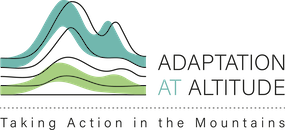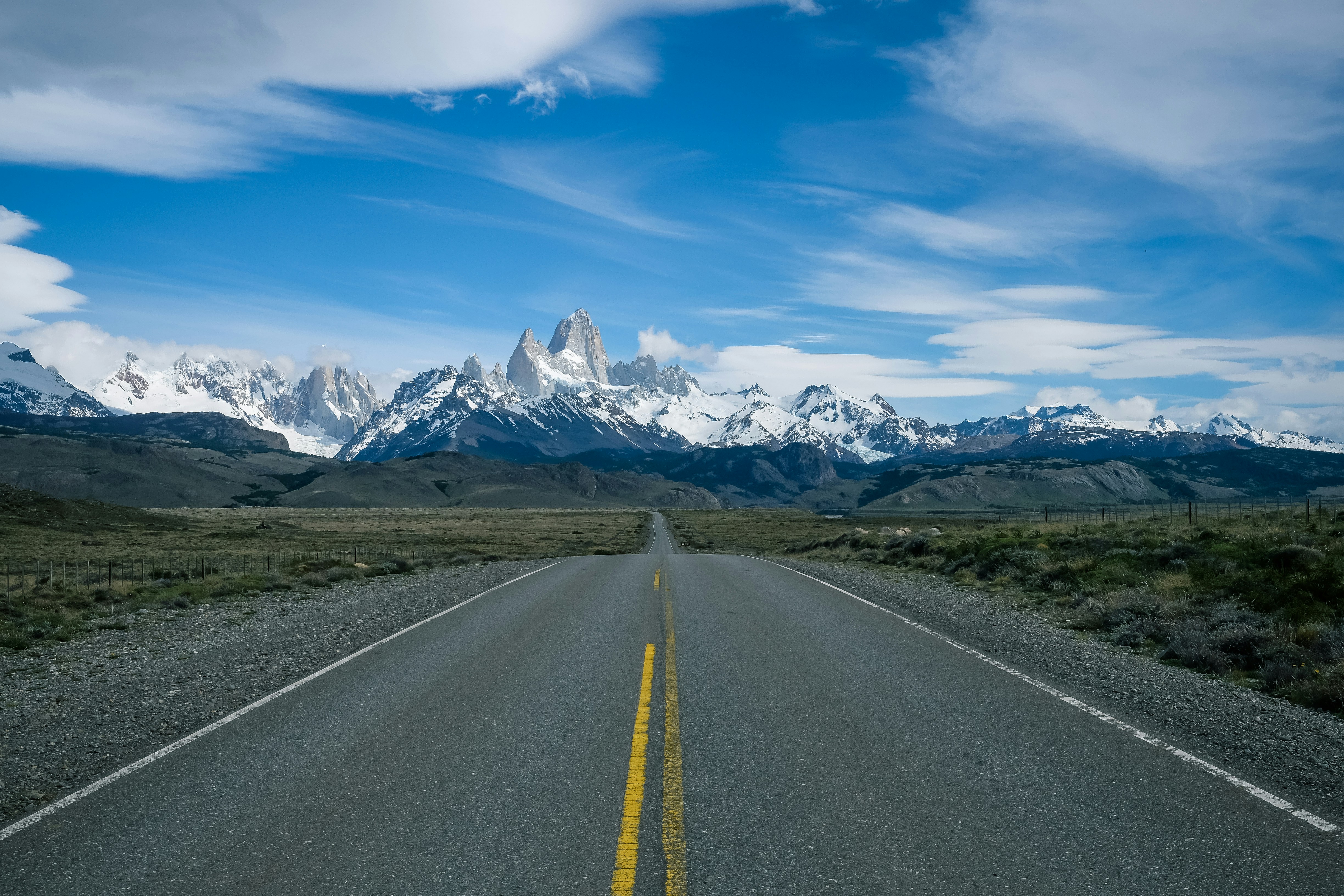Andes Regional Dialogue 2: Retreating glaciers, urgent decisions

Recording
This event is in Spanish.
Event Summary (English)
For the Spanish summary please see below.
On Thursday, May 8, the second Regional Dialogue of 2025 was held on governance and participation, focusing on the topic of retreating glaciers: urgent decisions. More than 150 people joined from different corners of the Andes, sharing knowledge, science, and experiences about these vital ecosystems.
The Dialogue provided powerful insights on how to connect science, law, territory, and diverse voices in the face of glacial retreat in the Andes and around the world.
- “We’ve been doing governance for 20 years without even knowing it,” shared Jorge Luis Ceballos (Colombia), describing how trust between farmers, guides, scientists, and local authorities has fostered real governance processes from the ground up.
- For Beatriz Fuentealba (Peru), “the glacier is not the public problem, its impacts are.” Identifying these impacts and measuring how they affect people is the first step toward designing policies that matter.
- From Argentina, Laura Zalazar (IANIGLA) emphasized that applying the Glacier Law requires “understanding the diversity of glaciers and periglacial environments” so that the inventory reflects the different risks and effects.
- Natalia Greene (Ecuador) was forceful: “Environmental law is not enough; nature must have rights in its own right.” A glacier has the right to exist, regenerate, and maintain its cycles.
- Tenzing Chogyal (ICIMOD, Himalayas) closed with a key call: “The causes of climate change are global, but its effects are amplified locally. Communicating from the communities is essential.”
Glaciers are more than ice; they are systems interconnected with human life and biodiversity. Their protection requires systemic approaches, active participation, and new legal and ethical paradigms, as the speakers emphasized. We would like to thank you for being part of this meeting. If you missed it or want to review what was shared, we’ve provided all the resources here:
Click here to see the full presentations and materials from the dialogue.
Four key messages from this forum:
1. We can all contribute. From children to entire communities, everyone can participate in glacier monitoring. In Colombia, workshops and community monitoring have promoted environmental awareness and concrete local responses.
2. Protecting glaciers is not enough. Mountain ecosystems are a whole: high-mountain grasslands, wetlands, and human communities are all connected. Laws in Argentina and Peru mark progress, but funding and real coordination between institutions are still pending.
3. What if the mountain had a voice? Recognizing the rights of nature opens new avenues for holding governments and companies accountable. The Ecuadorian Constitution and Bolivia’s Mother Earth Law are examples. The case of the Mer de Glace in France shows how international ethics tribunals are gaining strength in the defense of high-altitude ecosystems even if their decisions are not binding.
4. Without communication, there is no action. Science alone is not enough: we need powerful narratives that activate local decisions. Campaigns like #SaveOurSnow in the Himalayas prove that telling a story well can move communities and policies.
Event Summary (Spanish)
El pasado jueves 8 de mayo realizamos con gran entusiasmo el segundo Diálogo Regional de 2025 sobre gobernanza y participación, alrededor del tema de glaciares en retirada: decisiones urgentes. Más de 150 personas nos acompañaron desde distintos rincones de los Andes, compartiendo saberes, ciencia y experiencias sobre estos ecosistemas tan vitales.
El Diálogo nos dejó reflexiones poderosas sobre cómo conectar ciencia, derecho, territorio y voces diversas frente al retroceso glaciar en los Andes y el mundo.
- “Hace 20 años que estamos haciendo gobernanza sin saberlo”, compartió Jorge Luis Ceballos (Colombia), al narrar cómo la confianza entre campesinos, guías, científicos y autoridades locales ha tejido procesos reales de gobernanza desde la base.
- Para Beatriz Fuentealba (Perú), “el glaciar no es el problema público, lo son sus impactos”. Identificarlos y medir cómo afectan a las personas es el primer paso para diseñar políticas que importen.
- Desde Argentina, Laura Zalazar (IANIGLA) recalcó que aplicar la Ley de Glaciares requiere “entender la diversidad de glaciares y ambientes periglaciares” para que el inventario refleje los distintos riesgos y efectos.
- Natalia Greene (Ecuador) fue contundente: “El derecho ambiental no basta; la naturaleza debe tener derechos por sí misma”. Un glaciar tiene derecho a existir, regenerarse y mantener sus ciclos.
- Tenzing Chogyal (ICIMOD, Himalayas) cerró con un llamado clave: “Las causas del cambio climático son globales, pero sus efectos se amplifican localmente. Comunicar desde las comunidades es esencial”.
Los glaciares son más que hielo; son sistemas interconectados con la vida humana y la biodiversidad. Su protección requiere enfoques sistémicos, participación activa y nuevos paradigmas legales y éticos, como destacaron los/as expositores/as.
Queremos agradecerte por haber formado parte de este espacio de encuentro. Si te lo perdiste o quieres volver a revisar lo compartido, te dejamos aquí todos los recursos:
Presentaciones de los panelistas: https://acortar.link/15ZEfG
Cuatro mensajes claves que nos dejó este foro
1. Todos podemos sumar. Desde niñas y niños hasta comunidades enteras pueden participar en el monitoreo de glaciares. En Colombia, talleres y monitoreos comunitarios han impulsado conciencia ambiental y respuestas locales concretas.
2. No basta con proteger glaciares. Los ecosistemas de montaña son un todo: pastizales de alta montaña, humedales y comunidades humanas están conectados. Las leyes en Argentina y Perú marcan avances, pero siguen pendientes el financiamiento y la articulación real entre instituciones.
3. ¿Y si la montaña tuviera voz? Reconocer derechos a la naturaleza abre nuevas vías para exigir responsabilidad a gobiernos y empresas. La Constitución de Ecuador o la Ley de la Madre Tierra de Bolivia son ejemplos. El caso del Mer de Glace en Francia muestra cómo los tribunales éticos internacionales ganan fuerza en la defensa de ecosistemas de altura aunque sus decisiones no sean vinculantes.
4. Sin comunicación, no hay acción. La ciencia sola no basta: necesitamos narrativas poderosas que activen decisiones locales. Campañas como #SaveOurSnow en el Himalaya prueban que contar bien la historia puede mover comunidades y políticas.


Comments
There is no content